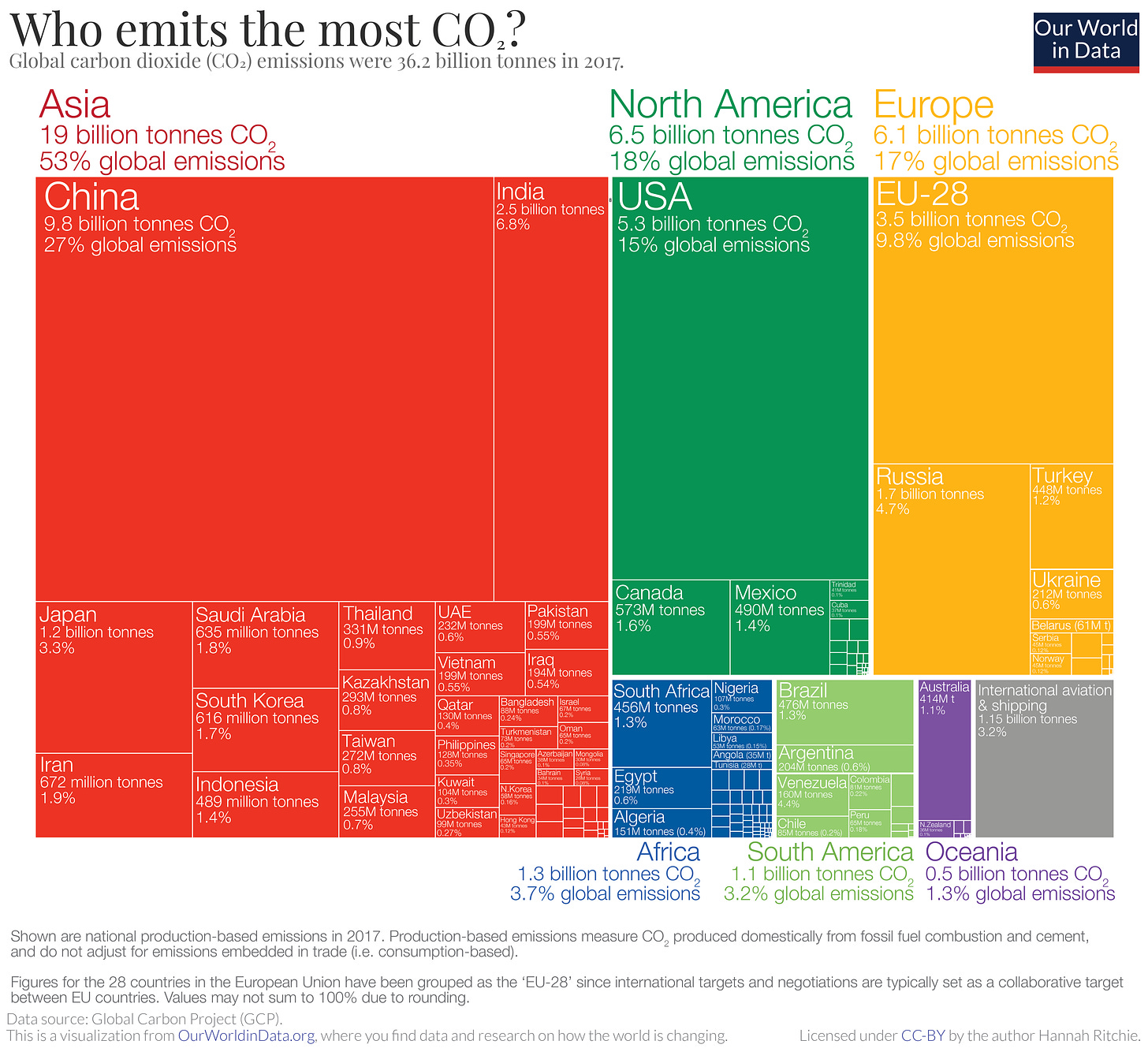(Don't) Trust Your Intuition
When you ask an average person how they make decisions, they are likely to say that they “go with their gut” or “trust their intuition.”
Unfortunately, this is not always the best approach. Our intuition is hardwired into our brains from millennia of evolution, but is easily fooled by counterintuitive situations.
Don’t believe me? Think your intuition is better? Let’s try it out.

In the 1960s, NBC launched a gameshow called “Let’s Make A Deal” hosted by the dapper Monty Hall (photo above). The show was simple: contestants were given a choice of several doors, of which behind one door was a brand new car. Monty knew which door had the prize, and would reveal the contents of the doors to contestants, allowing them to switch doors if they chose. If they picked right: prize. If not: laughs.
Here’s an example: let’s assume you’re a contestant, and you get to choose a door below.

Have a lucky number? I’m going to assume you went with door #1 (hey, this is my example after all).
Monty, the ever gracious host, is now going to reveal what was behind one of the doors you didn’t choose.
He opens door #3 to reveal…

A goat!
No prize behind door #3, and now you’re feeling pretty good about your decision. Monty then asks:
Do you want to change your answer, or stick with your original choice?
What does your intuition tell you?
What if I told you that switching your door would double your chances of choosing correctly?
Let’s look at the numbers.
When you first made your decision for door #1, there was an equal chance that each door held the prize.

Another way to think about this is: there is a 1/3 chance that door #1 has the prize, and a 2/3 chance that it doesn’t have the prize.

When Monty reveals the goat behind door #3, he is curating the sample in a way that adds information. Monty is telling you something that you didn’t know when you made your original decision.
He’s telling you that the chances of the prize being behind door #3 are 0.

At this point, most people mistakenly assume that the odds are now 50/50. This isn’t the case.

Since Monty knows which door holds the prize, and will always reveal a door with a goat, switching doors is only a bad strategy if you had originally chosen the door with the prize. Since you’re only likely to choose right on your first try 1/3 of the time, you have a better chance of winning if you switch doors.

If you’re grinding your teeth, you’re not alone. This became a hotly debated topic known as the “Monty Hall Problem” among mathematicians. Running this problem through a computer simulation shows that switching your answer will result in a higher success rate, eventually converging on 66%, or 2/3.
It also serves to show us how our intuition can be wrong, even in situations that seem deceivingly simple.
Next time you feel your intuition urging you to make the “obvious” choice, use it as a trigger to critically examine the situation. You may be surprised with what you find.
📊 Charts
A picture is worth a thousand words, and this section curates the best infographics and charts that tell a story about our world. This week, the topic is CO2 emissions.
China is the largest emitter of carbon dioxide, contributing over 25% of global emissions. Asia contributes over 50%, but due to the large population has a lower per-capita contribution than the United States.

Since the beginning of the Industrial Revolution the United States has contributed the most to greenhouse gas emissions.

There are pathways to limiting global warming to less than 2 degrees, but these are becoming increasingly less likely. Current pledges (not enforceable) are modest and have not been met with much international success.

Meanwhile, the oceans are empty. In the graphic below, blue areas are “deserts”, where little to no biomass is found. These areas, if populated with carbon sequestering lifeforms like phytoplankton, have the potential to capture excess emissions within the limits of the 1.5°C pathways.

⬇️ Follow me on Twitter and Medium.
Sunday Scaries is a newsletter that summarizes my findings from the week in technology. It's part soapbox, part informative. It's free, you’re reading it right now, and you can subscribe by clicking the link below 👇



